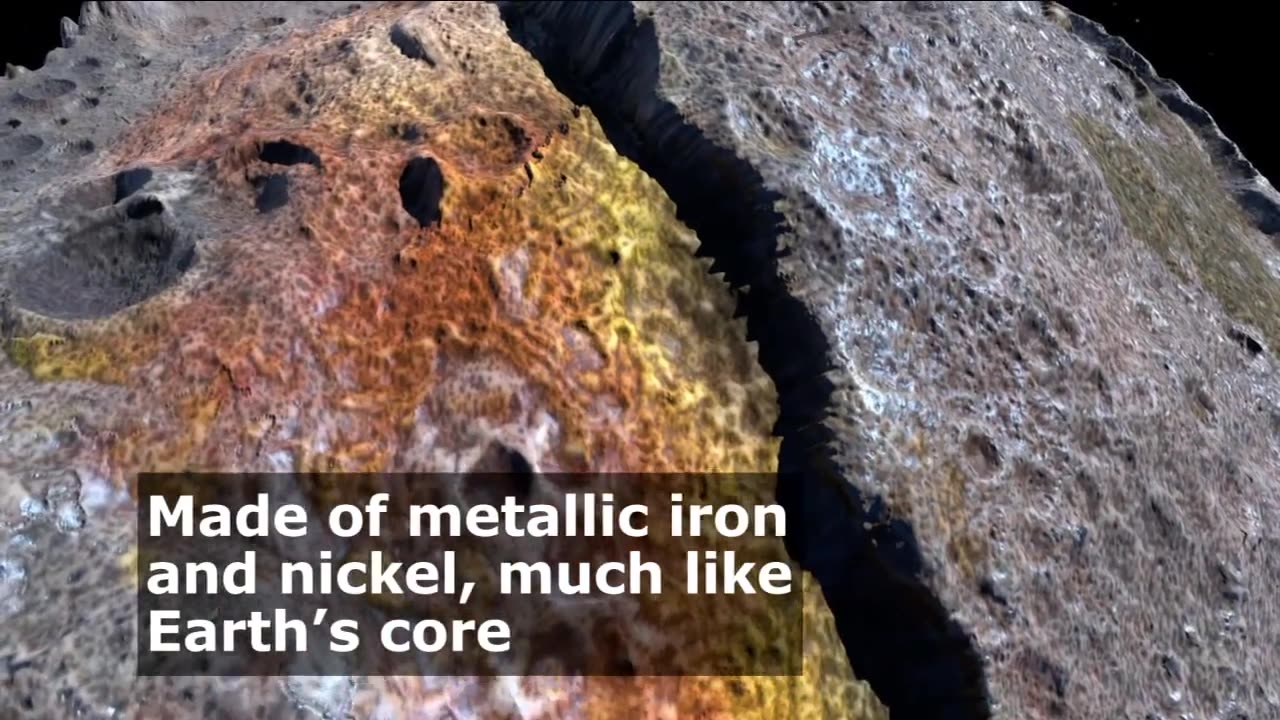Premium Only Content

"Journey to the Unknown: NASA’s New Discovery Missions Unleashed"
NASA’s New Discovery Missions mark a bold leap forward in our understanding of the solar system and the broader cosmos. Designed to tackle some of the most profound questions about our planetary neighbors, these missions are part of NASA’s long-standing Discovery Program, which emphasizes low-cost, high-impact planetary science. Each mission selected combines cutting-edge technology with targeted scientific goals, aiming to deepen our knowledge of how celestial bodies formed and evolved. Among the latest missions are DAVINCI (Deep Atmosphere Venus Investigation of Noble gases, Chemistry, and Imaging) and VERITAS (Venus Emissivity, Radio Science, InSAR, Topography, and Spectroscopy). Both are focused on Venus, a planet long shrouded in mystery. DAVINCI will plunge into Venus’s thick atmosphere to analyze its chemical composition, seeking clues about the planet’s history and potential for past habitability. VERITAS will map Venus’s surface in high detail, revealing whether plate tectonics or volcanic activity continue to shape the planet. These missions not only enhance our understanding of Venus but also contribute to comparative planetology—helping scientists draw parallels and contrasts with Earth’s geological and atmospheric history. The data gathered could inform the search for life beyond our planet, guide future crewed missions, and inspire new generations of scientists and engineers. With each launch, NASA pushes the boundaries of exploration and discovery. These missions underscore a renewed global interest in planetary science and affirm NASA’s commitment to unlocking the secrets of our solar system in ways that are innovative, efficient, and inspiring. #NASADiscovery #ExploreVenus #SpaceScience
-
 49:25
49:25
ThisIsDeLaCruz
5 hours ago $5.80 earnedBack Stage Pass with Avenged Sevenfold
40.3K8 -
 6:43:40
6:43:40
GritsGG
10 hours agoWorld Record Win Streak Attempt! #1 Most Wins 3880+!
20.6K2 -
 3:12:05
3:12:05
Tundra Tactical
7 hours ago $12.45 earnedProfessional Gun Nerd Plays Battlefield 6
51.6K5 -
 1:01:12
1:01:12
Donald Trump Jr.
10 hours agoThe China Matrix with Journalist Lee Smith | TRIGGERED Ep.288
142K86 -
 11:56:00
11:56:00
Dr Disrespect
15 hours ago🔴LIVE - DR DISRESPECT - ARC RAIDERS - FULL SEND INTO THE RED
161K18 -
 5:17:51
5:17:51
JdaDelete
6 hours ago $0.43 earnedFinally playing Eldin Ring | First Playthrough Episode 2
12.1K3 -
 1:02:08
1:02:08
BonginoReport
8 hours agoNicki Minaj Speaks Out Against Christian Persecution - Nightly Scroll w/ Hayley Caronia (Ep.169)
67.6K54 -
 5:23:36
5:23:36
HomieQuest
8 hours agoLive Streaming! Pokemon Legends Z-A
4.82K4 -
 5:33:02
5:33:02
FusedAegisTV
11 hours agoFUSEDAEGIS PLAYS THE GREATEST JRPG EVER MADE ⌛► CHRONO TRIGGER (1995) Part 3
4.08K3 -
 2:13:20
2:13:20
Nerdrotic
7 hours ago $3.07 earnedNerdrotic At Night 531
32.7K4